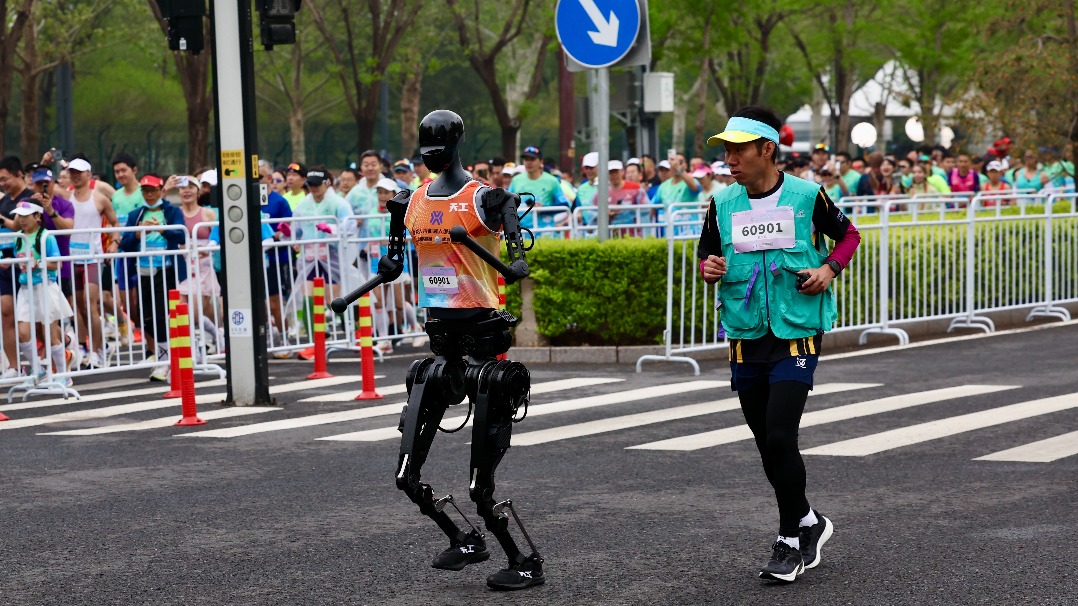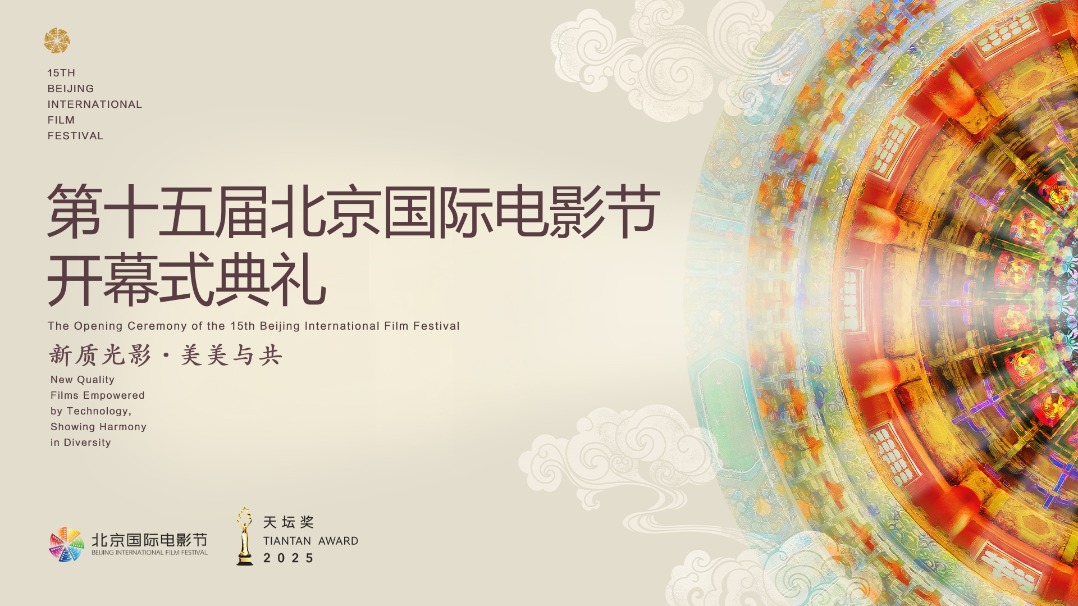LIVE: Saving Chinese Pangolins in Guangdong
In the protected forests of Huizhou's Wuqinzhang mountains, Chinese pangolins are staging a fragile recovery — from 62 individuals in 2020 to over 100 today. Yet this growth, while significant, masks the immense biological challenges facing the planet's most trafficked mammal.
The math surrounding the survival of these armored creatures is brutal — females are capable of giving birth to a single pangopup annually after reaching sexual maturity at three years old, with only one-third of offspring surviving to adulthood, according to Li Cheng, a Chinese pangolin expert.
"Even with perfect protection, their population can't boom like rabbits," said Li, a former tech engineer leading the Xizi River Conservation Center. "Each new pangopup documented feels miraculous."
Li leads a team that has installed an intelligent monitoring network using over 100 AI-enhanced infrared cameras. Remarkably, he has also enlisted more than 20 former poachers, including Xu Zhuduo, to become the primary rangers.
These former "pangolin hunters" now walk an average of 12 kilometers daily to record burrow data. In Zuokeng village, Huidong, there are many reformed pangolin guardians like them. Pangolin sightings in the village have increased from three in 2018 to 47 last year. Eco-friendly rice cultivation has reduced the use of chemicals on farmland by 78 percent, and other species such as snakes and owls are making a comeback.
At Zuokeng Primary School, pangolin conservation has become a mandatory course. "Pangaloins are like forest doctors. Without them eating termites, the big trees would get sick," said sixth-grader Xu Yiqin, describing a drawing she made for her classroom.
"Each generation takes years to replace itself," Li noted, watching a mother pangolin nudge her pangopup toward a termite mound. "Every new burrow near proves we're buying them time."
Follow China Daily reporters into the mountains of Huidong, Guangdong province, to encounter the Chinese pangolin.
Guo Xianliang, Wang Demin, Wang Xianyun, Lin Wenya, Lai Rihong and Long Yongjing contributed to this story.






















